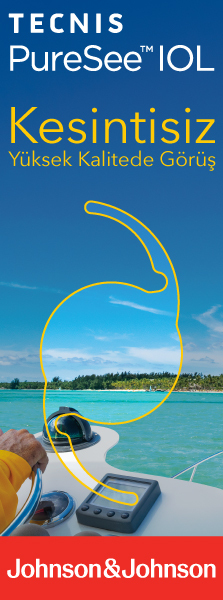Retina-Vitreous
2023 , Vol 32 , Num 3
Secondary Multiple Evanescent White-Dot Syndrome and Multimodal Imaging
1Asist. Dr., Dokuz Eylül Üniversitesi, Göz Hastalıkları Anabilim Dalı, İzmir, Türkiye2Prof. Dr., Dokuz Eylül Üniversitesi, Göz Hastalıkları Anabilim Dalı, İzmir, Türkiye DOI : 10.37845/ret.vit.2023.32.34 Purpose: Secondary multiple evanescent white-dot syndrome (MEWDS) is an epiphenomenon that can occur during or following an underlying chorioretinal disease. In a 22-year-old male patient who presented blurred vision in the right eye for 10 days, a granuloma-like lesion located adjacent to inferotemporal optic disc and accompanying multiple, scattered and deep-seated white dots around the posterior pole were detected; thus, the patient underwent multimodal imaging methods. A combination of oral trimethoprim-sulfamethoxazole and azithromycin was administered empirically and systemic evaluation was performed at the same time. The infectious panel was found to be negative and the diagnosis of secondary MEWDS secondary to the unilateral granuloma was established. A month later, the final visual acuity improved to 10/10 from the baseline visual acuity of 4/10 in the patient. The granuloma site was recovered with a choroidal excavation. Secondary MEWDS is a relatively less known entity seen in many chorioretinal diseases in addition to the original lesion.
Conclusion: Secondary MEWDS is observed in addition to the lesions associated with a great deal of chorioretinal diseases. It is a new entity with good visual results with targeted therapy with exclusion of infectious pathologies.
Keywords : Fluorescein angiography, Indocyanine green angiography, MEWDS, Optical coherence tomography, Optical coherence tomography angiography




